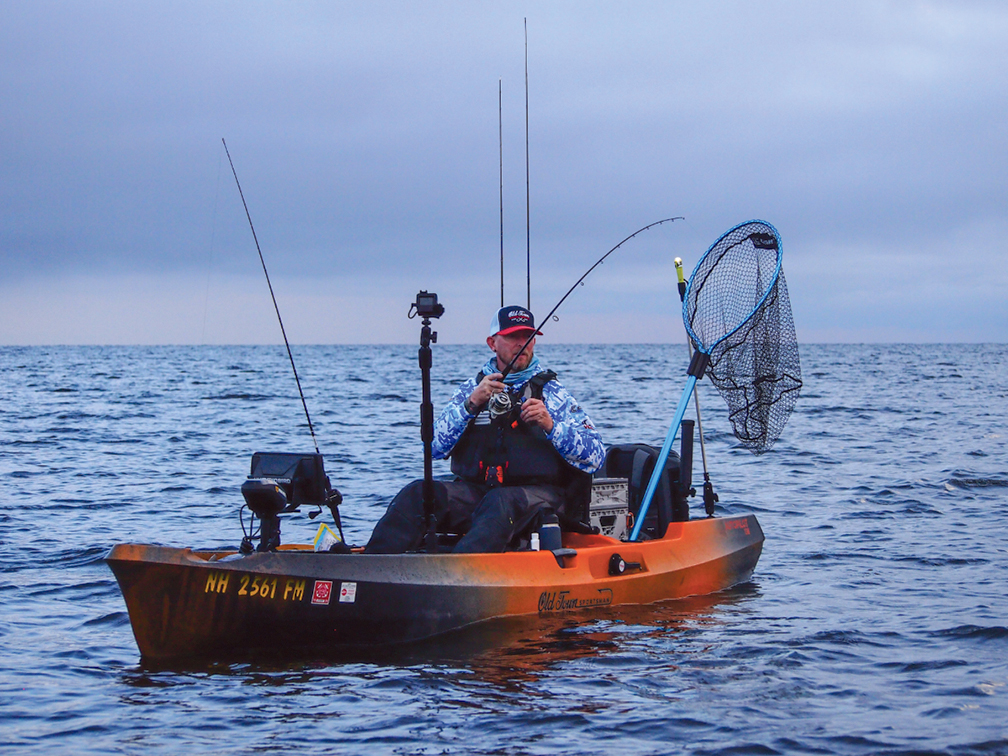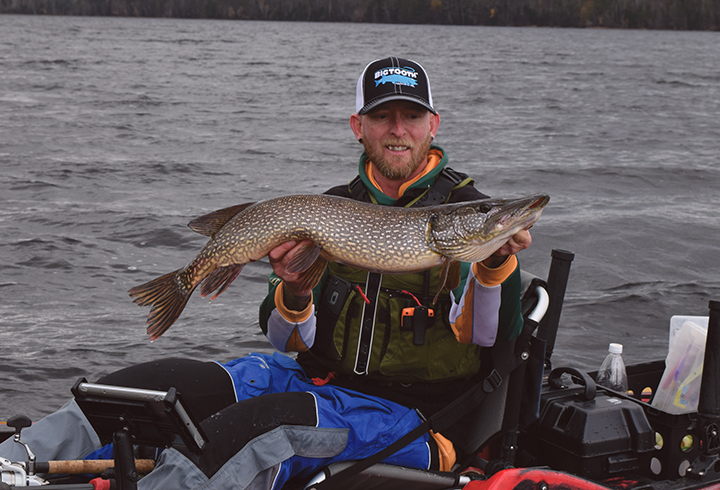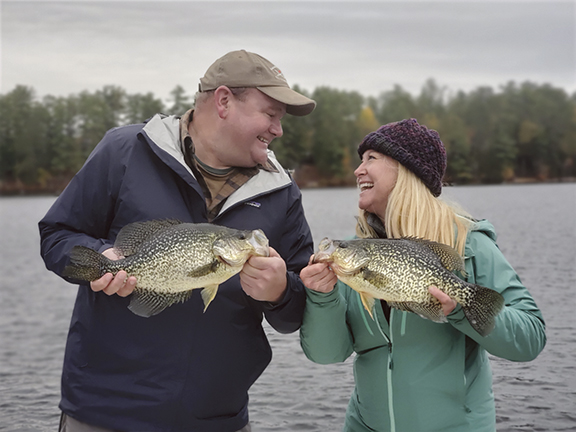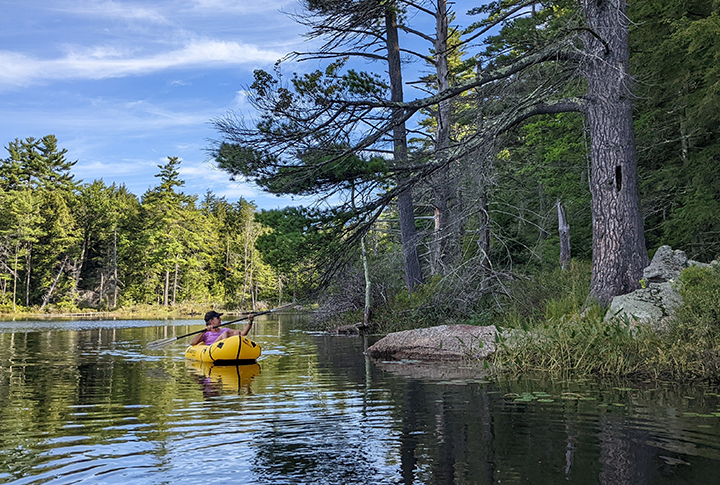Become An Efficient Kayak Angler

PHOTO: The author’s motto is, “A place for everything and everything in its place.”

By Tim Moore
Contributing Writer
Kayak anglers are always looking for ways to improve and up their fishing game. We are like sponges, soaking up every bit of information we can get. We scour websites, participate in social media groups, attend seminars. We form communities, plan trips together, hire guides, and more, all in the hopes of discovering the next hot lure or learning a new technique that will help them increase the number of fish they catch. Of all the lures and the many techniques at our fingertips, efficiency is one of the most overlooked, and underrated, aspects of kayak angling.
Efficiency comes in many forms. But it begins with the purchase of your new kayak. You bought our new, or next, kayak. Now you have to rig it, which for some anglers is a daunting task. If you look at photos of rigged kayaks on the internet, you’ll see a plethora of different examples. How many rod holders will you need, and where do you want to mount them? Where will you mount your fish finder? Is there a place to mount a transducer, or will you need an aftermarket mounting kit? The best advice I have ever received is before rigging anything, take the kayak out and fish in it. Many times, anglers mount all the gear they think they will use, only to find that they don’t need some of it, or they want to move it. Fishing in your new kayak first gives you the chance to map out where you want everything and what you’ll need.

It’s common to see shore anglers become new kayak anglers. The ease of getting on the water and the cost of most angling kayaks makes it very attractive to anglers without a boat. However, many of them end up fishing from a kayak with long and heavy rods. Lighter rods 7-feet or less are generally preferred. Anything longer than 7-feet makes landing fish more difficult. A longer rod keeps fish farther away from your kayak when you get them to the surface. Also, look for rods with shorter handles so you can keep your reel closer to your body when you use it. The right rod makes kayak angling easier, thus making you more efficient.
Sitting close to the water makes it easy to reel a fish to within a couple of feet of your rod tip. It’s almost intuitive to do so. This keeps the fish a rod length away from you. The result is often a dunked reel, which has been the death of many a reel, especially in saltwater. When reeling in a fish, stop reeling when the fish is a rod length of line away from the tip. This allows you to point the rod tip toward the sky and bring the fish closer to you. Once you land your fish, open the bail (if you have a spinning reel) and put the rod in the nearest rod holder. Opening the bail lets you take line as you need it. You may need to reach around for tools, get your camera ready, or put the fish back into the water while you get your measuring device or camera ready.
Losing gear is never fun. Tethers are often seen as miniscule and time consuming, especially on items that you frequently use. It’s easy to get complacent and not do it, but almost every kayak angler tips their kayak at some point. If you tip over deep water, or in current, the chances of recovering your gear are slim. Tethers keep everything attached to your boat. Retractable tethers go one step further, as they are easier to manage and tangle less often. Less time spent untangling tethers means more time fishing.
If you fish in saltwater, moist salt air will penetrate every crevice of you rods, reels, and kayak. If you want your gear to last as long as possible, it’s a good idea to wash down your rods and reels with soapy water and give them a good rinse. At the very least, give everything a good rinse with a hose, including your kayak, as soon after your trip as you can. Pay particular attention to the guides and guide frames on your rods, as this is where salt will find its way in and cause corrosion. If you run a pedal drive, be sure to wash away any salt residue.
Pedal Drive Tips
While the Old Town PDL Drive is considered maintenance-free, the drive pin needs a little extra attention if you use your kayak in saltwater. Although made of stainless steel, the pins will slowly corrode over time with saltwater use. Remove the prop from the drive, exposing the drive pin. Make sure the pin and drive stud are clean and dry. Remove the pin and coat all metal parts with an anti-corrosive spray. Reassemble and take comfort in the fact that you have just added an extra measure to ensure you don’t have to end a trip early.
Additionally, place extra drive pins in a small zip-loc bag and spray a small amount of anti-corrosion spray in the bag. Keep the bag in your console storage and know that if for some strange reason you break a pin, you have a new pin oiled and ready to go. Also, the PDL Drive Lock Knob on Predator, Topwater, and Malibu PDL kayaks is sacrificial. It is designed to break if you hit something under the water, preventing costly damage to the drive itself. It’s much cheaper to replace the knob than the entire drive. You can order an extra PDL Drive Lock Knob on the Old Town website and keep it in your console storage with the Allen wrench that was included with your kayak. Regardless of which pedal drive you have, follow the manufacturers recommendations for maintenance to avoid a time-consuming breakdown on the water.
Efficiency is a commonly used term in the recreational fishing industry. Being efficient makes fishing easier, and if it’s easy, you’ll do it. Being efficient while fishing is a sum of parts and small parts add up to large sums. Use these tips, if you don’t already, to make kayak angling easier and more fun and hopefully you’ll catch more fish. Becoming a more efficient kayak angler means less time performing tasks that keep your line out of the water and more time catching.
Tim Moore is a full-time licensed New Hampshire fishing guide and owner of Tim Moore Outdoors, LLC. He offers guided fishing trips on Lake Winnipesaukee and kayak trips for striped bass. He is a member of the New England Outdoors Writers Association and the producer of Tim Moore Outdoors TV. For information on guided trips visit www.TimMooreOutdoors.com. You can also follow TMO on Facebook at www.Facebook.com/TimMooreOutdoors.



